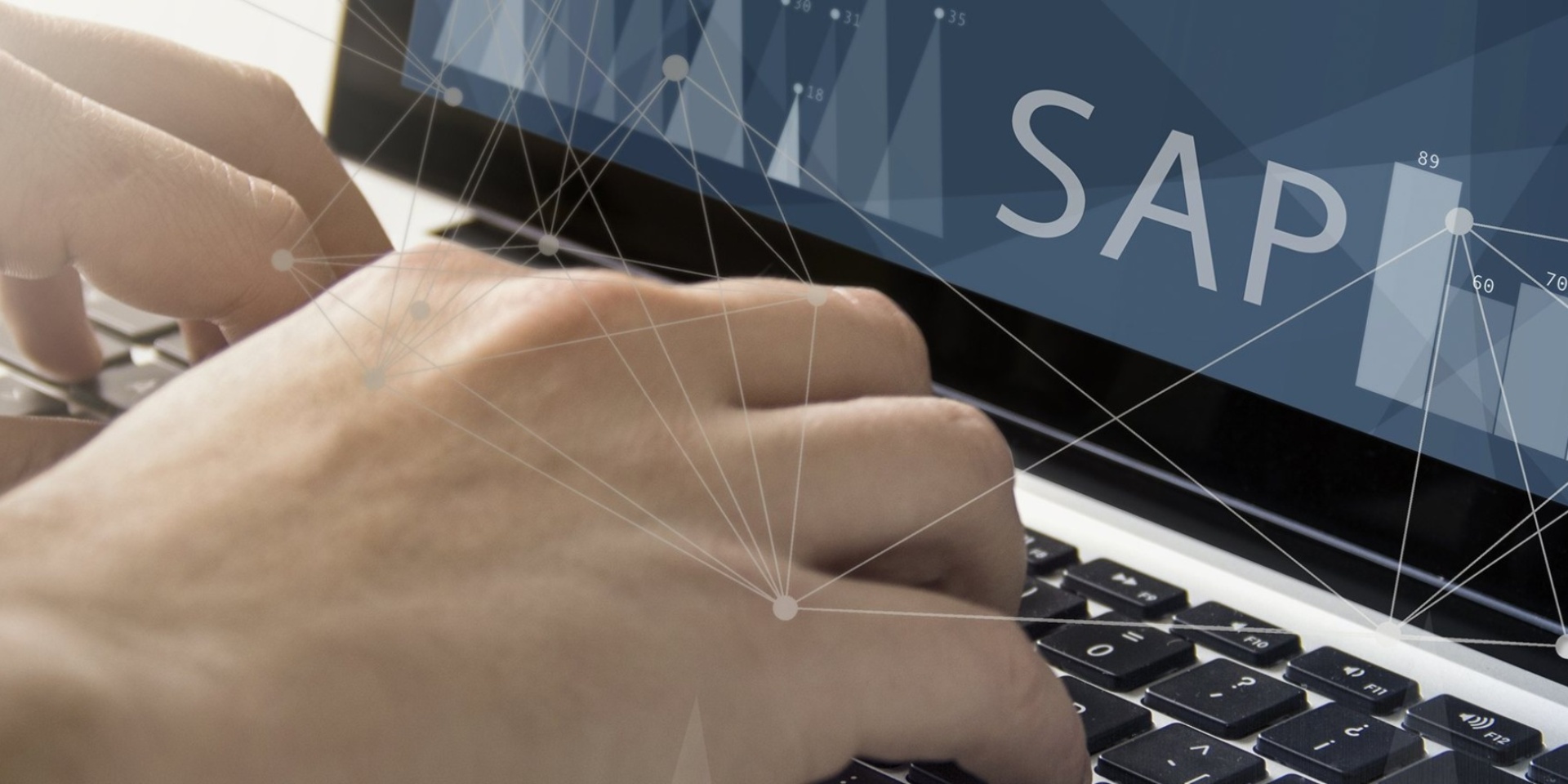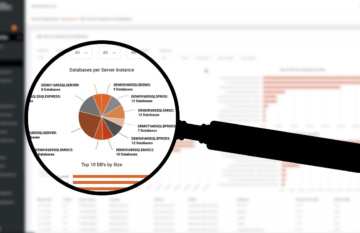
SAP S/4HANA: what you should pay special attention to when switching to SAP S/4HANA
SAP will discontinue support for its existing ERP solutions from 2027 and will only support the new SAP S/4HANA system in the future. The new software package responds to the increasing complexity of today's digital economy and the need for real-time IT. Thanks to the new architecture, accelerated, simplified application processes, real-time analysis of transactions, better user experience through FIORI applications and novel functionalities will be enabled.
The change, however, is not a piece of cake. The duration of the migration varies widely, is technically challenging, multi-faceted, and must be considered from multiple perspectives. Different aspects must be taken into account to ensure that the migration runs smoothly.
We summarize the most important aspects for you:
Conduct high-level analysis
Start by carefully analyzing the initial situation with the SAP consulting partner of your choice and mapping opportunities and risks. Answering the following questions will help you with this step:
- How much should the existing business processes be adapted / digitized?
- Which previous processes can your company do without restrictions?
- Which business processes should be newly set up?
- Which SAP architecture should your company rely on?
- Which system dimensioning requires your initial situation?
- Which availability & DR mechanisms meet your requirements?
- How great is the benefit in relation to the effort in a transformation to SAP S/4HANA?
By answering these questions, you prevent the need for complex corrections later in the process.
Planning reserves
As a company that has already supported a number of customers in their migration to SAP S/4HANA with strong SAP S/4HANA partners, we advise you to be particularly precise in your time and budget planning, while also planning for sufficient additional reserves. Start your project early enough, as, for example, matching your schedule to individual users is a challenging and time-consuming undertaking.
Prepare
To motivate employees to get involved during the migration phase, it is especially important to prepare them appropriately for the changes and let them participate if they wish.
The change to SAP S/4HANA in particular involves a technically demanding change with a high level of organizational effort, which should not be underestimated. We therefore recommend that you also include resources for employee training in your project right from the start. We also recommend regular discussions with your employees, in which the advantages, but also the challenges of this change are transparently explained. Anticipate the impact your new SAP system will have on your employees and make sure all users have access to the information they need.
Also, continually engage all users during the testing phase and solicit feedback. The new SAP FIORI user interface is one of the biggest innovations users will face with SAP S/4HANA. SAP FIORI can be used in the existing system, allowing your employees to familiarize themselves with the new operation in advance. In this way, they not only learn how to use the system in good time, but also enjoy the fact of being able to participate in the project. This increases the motivation of your employees, which ultimately ensures that the new system will also be better accepted.
Get advice from experts
If the SAP S/4HANA environment is to be hosted or fully operated by your partner, define collaboration criteria that are important to you. Match these with the capabilities of your preferred IT partner. In doing so, also try to anticipate future requirements. Pay particular attention to the following aspects:
- Architecture and mechanisms regarding availability and disaster recovery.
Consider how adaptable the partner environment is to your changing needs. Ask yourself where your data resides, how that data is protected in the event of loss and security threats, and how quickly recovery is possible. Data loss is no longer an option and maximum protection of your data is essential. - Existing Resources & Support
Does your partner have the necessary resources for a resource-efficient implementation? A partner that is strategically well prepared for SAP S/4HANA will ensure a smooth migration even with scarce resources. Be it in terms of consulting throughout the process or in terms of competent assistance and problem solving on the part of support; make sure that the service level of your IT partner is individually tailored to your requirements, your processes and your resources. - Joint goals and ideas
When choosing your IT partner, discuss not only the basic requirements but also joint prospects for the future. In particular, the implementation of set goals and a clear distribution of roles should be in the foreground. Thus you avoid that only during the cooperation a different objective crystallizes.
The appropriate migration approach
In a further step, clarify to what extent your business processes should be adapted. Answering these questions will result in the ideal migration approach for your company. The following scenarios are possible:
- Brownfield approach:
The brownfield approach is a system conversion. This means that a company gradually moves its data from one system to the next. The previous SAP landscape remains largely in place, but can benefit from the advantages of the new software and be continuously enhanced with new functions. This type of migration is more suitable for companies that do not want to fundamentally change their processes. - Greenfield approach:
In the greenfield approach, a completely new SAP S/4HANA system is implemented. The implementation takes place without affecting the current business processes. This means that the existing SAP system continues to exist during the project. The greenfield approach offers the opportunity to clean up and at the same time the chance to introduce new business processes accordingly.
IT infrastructure and operating model
Stability, availability and disaster recovery capabilities are closely linked to a successful SAP S/4HANA go-live. Start thinking about the right infrastructure and the ideal operating model early on. In doing so, also think about areas such as IT infrastructure, network, security, backup strategy, and monitoring.
If you want to use your own infrastructure, keep in mind that SAP HANA is an in-memory database and requires a centralized system with large amounts of main memory. The key here is to align the current system landscape with the requirements of the SAP HANA environment to ensure that the necessary prerequisites for the new business suite are met.
If your existing infrastructure is not suitable for SAP S/4HANA, there are Cloud solutions available. Your individual needs and requirements determine whether a private, Public- or Hybrid Cloud is best suited.



